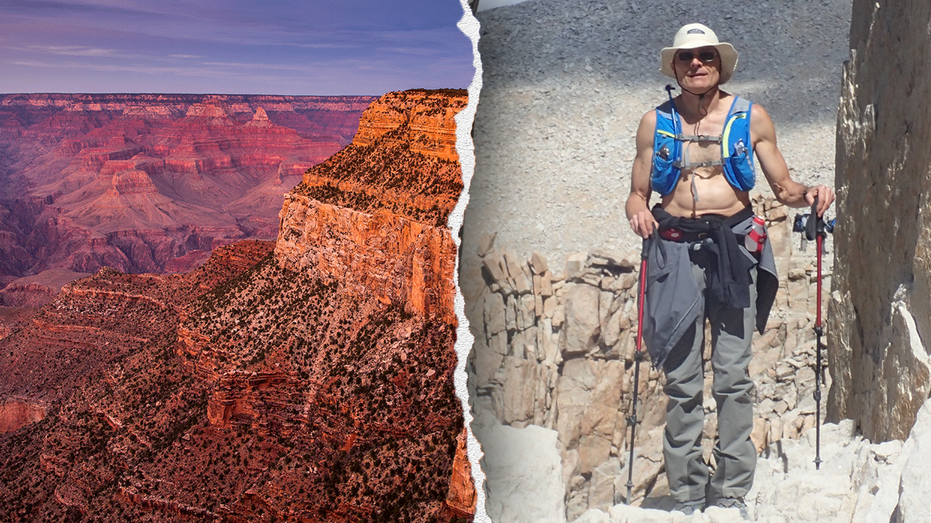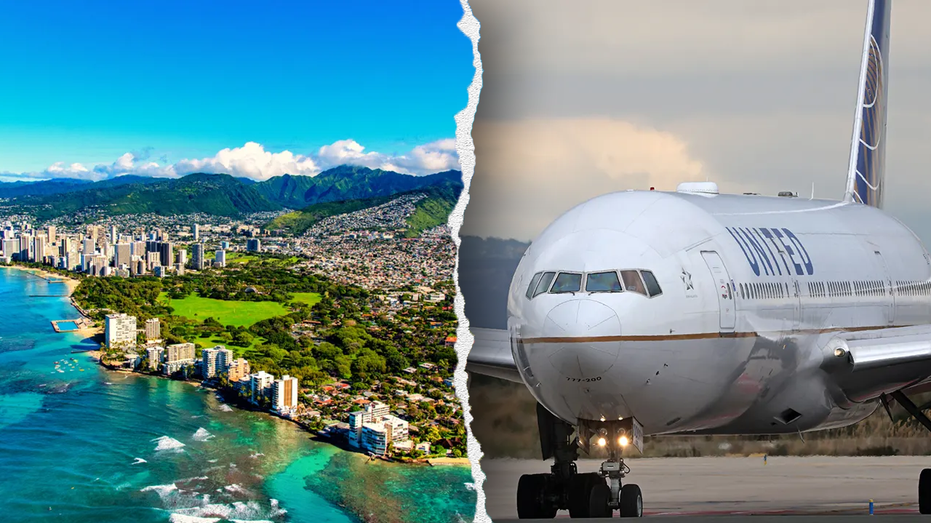- by foxnews
- 23 May 2025
Drastic water cuts imposed as ‘megadrought’ grips western US states
Drastic water cuts imposed as ‘megadrought’ grips western US states
- by theguardian
- 17 Aug 2022
- in news

Severe water cuts were announced on Tuesday to western states in the grip of a severe "megadrought" that has dropped levels in the country's largest two reservoirs to record lows.
The US Department of the Interior has declared the first-ever tier 2 shortage for the Colorado River, meaning Arizona, Nevada and Mexico must further reduce their water usage from 1 January next year.
Arizona will face the largest cut: 592,000 acre feet, or 21% of the state's current river draw, officials said. Restrictions to other states, including California, may follow.
The crisis, which has dropped levels in Lake Mead, the largest reservoir in the US, to an 80-year low of barely one-quarter its 28.9m acre-feet capacity, is threatening the survival of the crucial river basin.
It has also led to potential disruption of water delivery and hydropower production, forcing the federal government to take such drastic action.
The 24m acre-feet Lake Powell, meanwhile, is enduring a similar catastrophe, with the Guardian reporting in July that energy production could halt as soon as July 2023.
An interior department projection that Lake Mead's 1 January level would be below 1,050ft above sea level triggered the declaration of the country's first tier 2 shortage.
Lake Powell's water surface elevation is projected to be at 3,522ft, only 32ft from the minimum needed to generate electricity from hydroelectric operations.
"Every sector in every state has a responsibility to ensure that water is used with maximum efficiency," the interior department's assistant secretary for water and science, Tanya Trujillo, said in a statement. "In order to avoid a catastrophic collapse of the Colorado river system and a future of uncertainty and conflict, water use in the basin must be reduced."
The US Bureau of Reclamation (USBR) warned the seven states - Arizona, California, Colorado, Nevada, New Mexico, Utah and Wyoming - last year to prepare for emergency cuts. In June, officials said the states must figure out how to use 15% less water next year or have cuts imposed on them.
The predicament has prompted tensions between states with different priorities for the water they receive, and talks have failed to yield any agreement.
"There are a lot of different interests at loggerheads. And there's a lot to overcome, and there's a lot of animosity," said Kyle Roerink, executive director of the Great Basin Water Network, told the Los Angeles Times.
The bureau must now figure the next steps the reclamation bureau commissioner, Camille Touton, can take after the mid-August deadline has passed for the seven Colorado river states to reduce water use by 25%.
Some experts say further cuts will be inevitable, which could affect states further along the basin, including California.
"The system is approaching a tipping point and without action we cannot protect the system and the millions of Americans who rely on this resource," Touton said.
"Protecting the system means protecting the people of the American west."
Together, dire hydrology projections and the deadline for cuts are presenting the western states with unprecedented challenges and confronting them with difficult decisions about how to plan for a drier future.
Some experts see today's action as only a short-term fix. While the USBR is "very focused on just getting through this to next year", any cuts would probably need to be in place far longer, University of Oxford hydrologist Kevin Wheeler said.
"What contribution the science makes is, it's pretty clear that these reductions just have to stay in place until the drought has ended or we realize they actually have to get worse and the cuts have to get deeper," he said.
The seven states and Mexico signed a 2019 agreement to help maintain reservoir levels. The amount of water allocated to states under that plan depends on the water levels at Lake Mead.
Last year, the lake fell low enough for the federal government to declare a first-ever water shortage in the region, triggering a mandatory first wave of cuts for Arizona and Nevada, as well as Mexico, in 2022.
Reservoir levels have been dropping calamitously for years, due to 22 years of drought worsened by the climate emergency and overuse of the river.
A reduction of melting snow in the spring has also reduced the amount of water flowing from the Rocky Mountains, where the Colorado river originates before snaking 1,450 miles (2,334km) south-west and into the Gulf of California.
The Associated Press contributed to this report
- by foxnews
- descember 09, 2016
United Airlines flight returns to Hawaii after concerning message found on bathroom mirror; FBI investigating
United Airlines Flight 1169 to Los Angeles returned to Hawaii after a "potential security concern" aboard the plane. The FBI and police are investigating.
read more


